Must-Know Hacks for Camping, Skiing and Road Trips
Get prepared for your next outdoor adventure with these savvy tips from our fellow nomads.
Shares
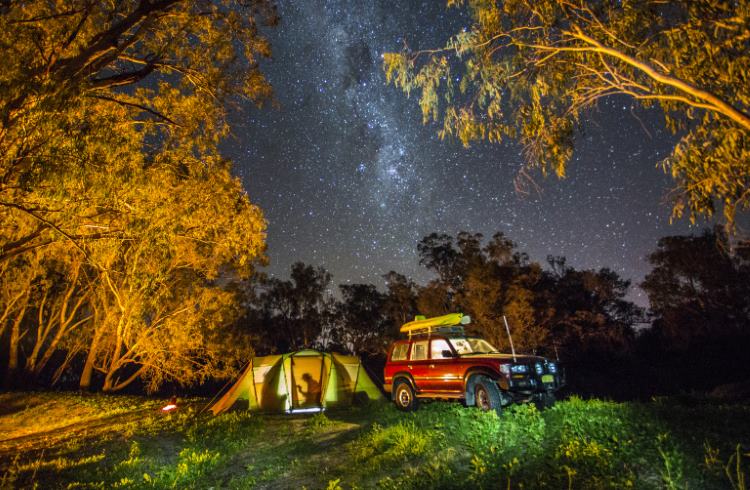 Photo © Getty Images / David Trood
Photo © Getty Images / David Trood
Camping hacks and packing tips
“Frankly, I should have done this years ago, long before the pandemic made me, but on car camping trips, and on river trips, especially, I now bring a hand-washing station. I made mine after watching a YouTube video, and people love it, which says a lot about what we love these days. Picture two stackable buckets – one for clean water, one to capture the dirty water – linked by some vinyl tubing and a foot pump that allows for quick and efficient, hands-free germ killing. Companies make these beauties ready to go, but for about US $50 in parts and an afternoon in effort, you can make one, too. It makes maintaining good hygiene that much easier.” – Tim Neville, travel writer and World Nomads Travel Writing Scholarship mentor
“Always pack lightweight, multipurpose clothes that dry quickly and can be layered. Some examples: thermal (or lightweight) leggings, thermal long and short-sleeved tops, beanies, trousers that have zip-off lower legs to convert into shorts, and Turkish towels that double as scarves or picnic rugs. Keep your backpack or rucksack organized by using packing cells/cubes – that way when you arrive at your campground, even if it’s at sunset and you’re losing the light, you can still quickly and easily find the items you need and you don’t have clothes falling all over the place. ” – Emily Willis, former Head of Content, World Nomads
“For short camping trips: pack heavy. You know, those little missions where weight isn’t such a problem. I’m very happy to carry a super heavy pack so I can have a few treats: a bottle of wine, some nice chocolate, and enough ingredients for a three-course meal, perhaps. Life is too short for freeze-dried food!” – Miles Rowland, filmmaker
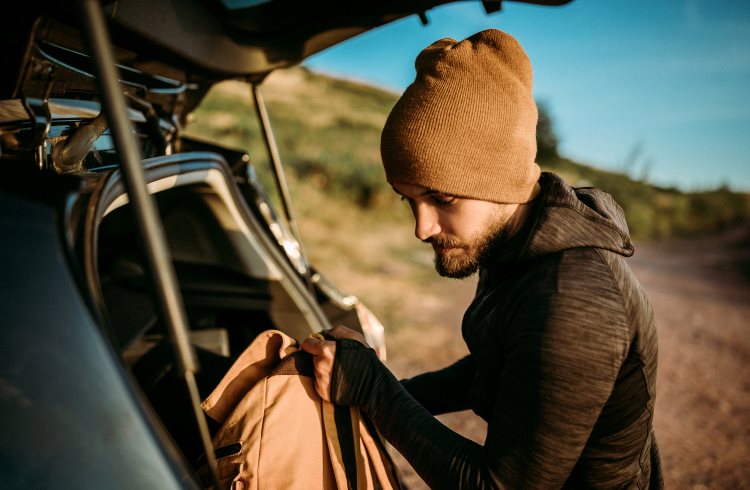
“Prepare all your camping food in advance – chop vegetables and meat and freeze in ziplock bags or reusable plastic containers. Pack in an ice box and remove each morning to defrost – the ice blocks will keep the other food cold in the meantime. Pre-break and whisk all eggs and store in a bottle to pour straight into the pan. Use duvet covers to sleep inside in hot weather – much easier to navigate than sheets and slippery sleeping bags. Squeeze the shampoo, body wash, etc. you need into smaller bottles. Take flip flops or Ugg boots – really easy to slip on if you need to get up in the night. Pack an eye mask and ear plugs so the sunrise and nature don’t wake you too early.” – Kate Duthie, Managing Editor, World Nomads
“Sanitary prep (for the ladies) – no camping or trekking trip is complete without a menstrual cup and Modibodi washable and reusable underpants for that time of the month. Zero waste to be carried out of the campground. And if you’re trekking, always pack blister treatment and Band-Aids /plasters – nothing worse than blisters rubbing when you’re walking long hours every day.” – Emily Willis
“Another great hack I learned this summer? Bring a portable fire pit. Not only do these save the ground from nasty black scars and help prevent runaway sparks, but you can get “smart” ones that use a rechargeable battery and a small fan to circulate the air more easily, which cuts down on smoke. Mine, a BioLite, packs down to about the size of a cooler; you can store wood inside it, and you can cook on it. They’re not cheap, but buying one also helps get more efficient fire-burning stoves like these into rural African kitchens, where smoke inhalation is a real health threat.” – Tim Neville
“Don’t camp under trees – branches can fall during wind and extreme heat. And pack away anything at night that animals might be interested in.” – Kim Napier, former Senior Podcast Producer, World Nomads
“Bring a mosquito net – you may not need this if you’re in a tent with a net built-in, but if you’re in cabins or huts provided on a trek or campground, a mosquito net is invaluable to get a good night’s sleep.” – Emily Willis
Skiing checklist – what to take
“We Yanks call it a “fanny pack” and I’m delighted they’re coming back again. I forget what everyone else calls them, but these little zipper pouches worn clipped around the waist are perfect for holding burritos, which is Tip No. 2: Bring burritos. They’re durable, cheap, and you can eat them whenever and wherever because Tip No. 3: you do not want to stop for lunch when everyone else is stopping for lunch. Most ski areas will have a microwave you can use for free to warm up your burrito. Find it. Then speak not of it again.” – Tim Neville
“Layer, layer, layer. You don’t want to be freezing cold on the chair lift or boiling hot once you start skiing. Take clothes that can be easily removed or added and stored in a backpack. I still sew a length of elastic to my ski gloves that I pass through the sleeves of my jacket, like a toddler, so I can take them off if I need to and not have them drop in the snow. Always carry a small sunscreen, lip balm, and tissues. Wear good thick socks for inside ski boots – the most uncomfortable footwear of all time.” – Kate Duthie
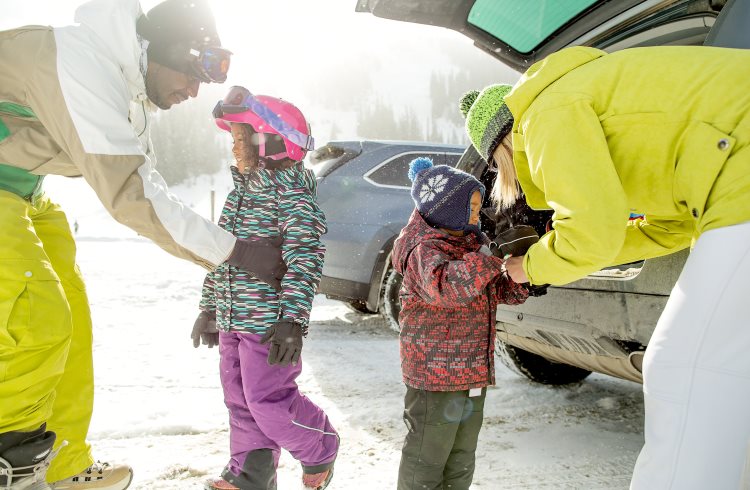
“I’m getting into backcountry skiing, so it’s the usual list of safety gear for that, but on top of that, I love to bring a Jetboil and some instant curry sachets. Nothing beats a hot curry in the mountains. Same goes for resort skiing, too!” - Miles Rowland
“I always wear a helmet – I like having the protection, and you really never know what can happen to you on the slopes. And I love having some comfy Ugg boots for after – there’s nothing like having soft pillows for your feet after a hard day skiing.” – Rebecca Day, former Programs Specialist, World Nomads
Road trip planning tips
“I do a lot of road trips as part of filmmaking assignments. The amount of traveling stuff, filmmaking gear and equipment I need to bring and account for is huge – and often if I forget something, it’s critical, like battery chargers for cameras, phones, and laptops. I’ve developed a checklist for all of this every time I go out on the road or assignment, and its stored in my Evernote app that opens on my phone or laptop.” – Brian Rapsey, filmmaker and World Nomads Film Scholarship Mentor
“I am very prone to road trip mishaps like popped tires, phone malfunctions and surfboards flying off the racks. Now I always carry a AAA card [roadside assistance], cash, and a list of emergency contacts.” – Terra Baykal, Lead Digital Advertising Manager, World Nomads
“I’ll download podcasts and playlists, books on tape, and movies I’ve seen over and over again that are fun to listen to. (Penguins of Madagascar is awesome for this.) Nowadays I bring along a smaller, but rugged, soft-sided cooler for food and drinks on the way out and, if I’m going to the coast, fresh seafood to bring home. Two apps I like: are Topo + for the free offline topographical maps and Flight Radar 24, which shows you what planes are flying overhead. I’m no plane spotter, but it’s still a fun way to look at the sky. Otherwise, coffee mug, insulated water bottle, something to spit soggy, gross sunflower seed shells into: these are my needs.” – Tim Neville
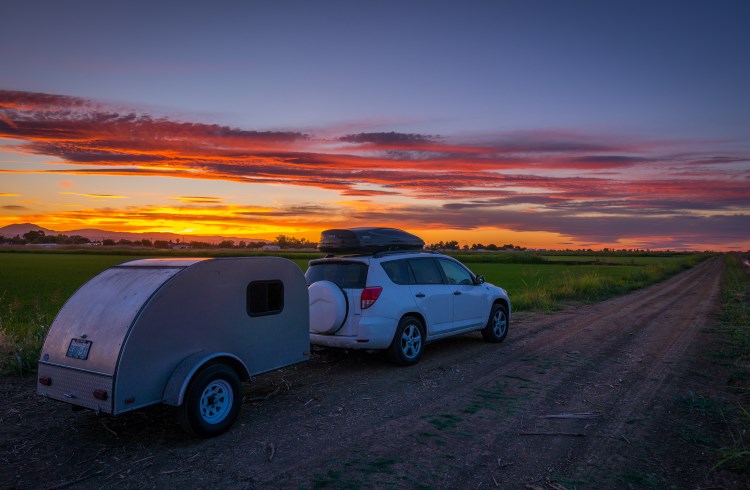
“If you’re in a car, it’s best to travel with a trailer or camper trailer, so the pack up and down is more efficient each day. Less like a game of Tetra trying to squeeze everything around your passengers! It’s also important to have an efficient packing system for food, kitchen supplies, bags, and so forth. Use packing cells or lightweight and compartmentalized storage boxes so you can easily find everything in rain, hail, daylight, or darkness. Lastly, pack solar-powered lights, showers etc. so you’re less reliant on over-touristed campgrounds.” – Emily Willis
“If you already know your destination, get your Google maps happening before you get started – if you lose network coverage and haven’t organized your route, you might have to pull out an old-fashioned paper map. If we don’t plan on eating out, we also vacuum seal meat or chicken, even curries or soups we have pre-made. That way we create a lot more room in our fridge or esky (cooler) and save money.” – Kim Napier
“I like to do my research on the route beforehand and plan all the little spots off-track that might be worth checking out. It doesn’t matter really what you take a look at, but it’s all stuff you’d never otherwise do. Then, ensure that those maps and track notes are all saved offline (as well as tunes and podcasts!).” – Miles Rowland
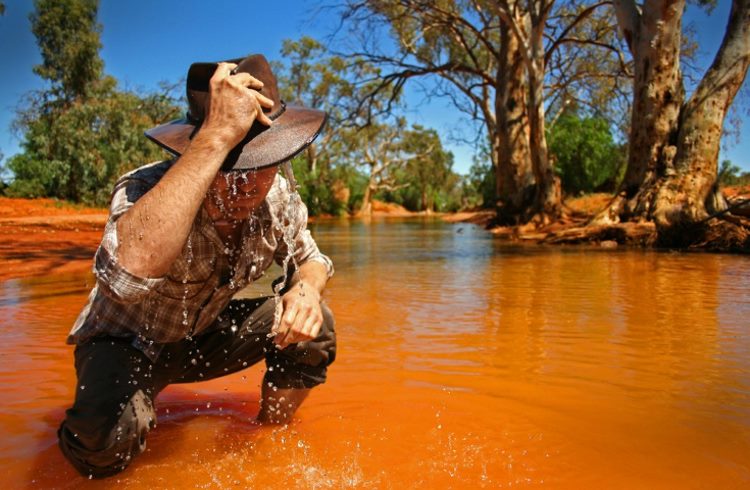
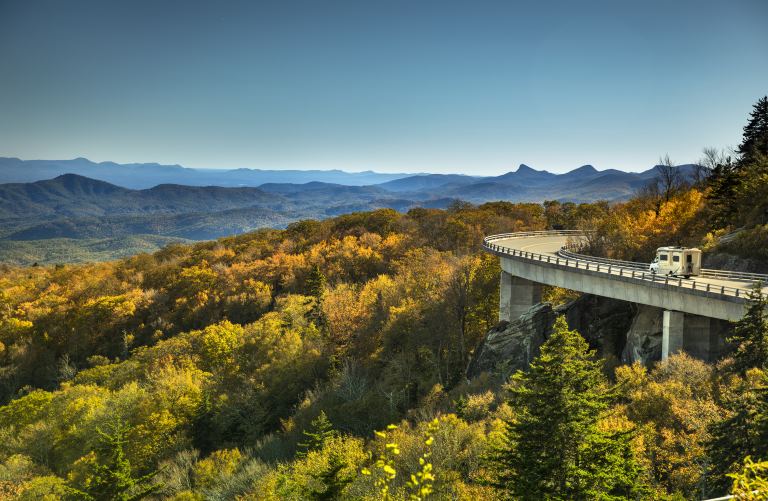
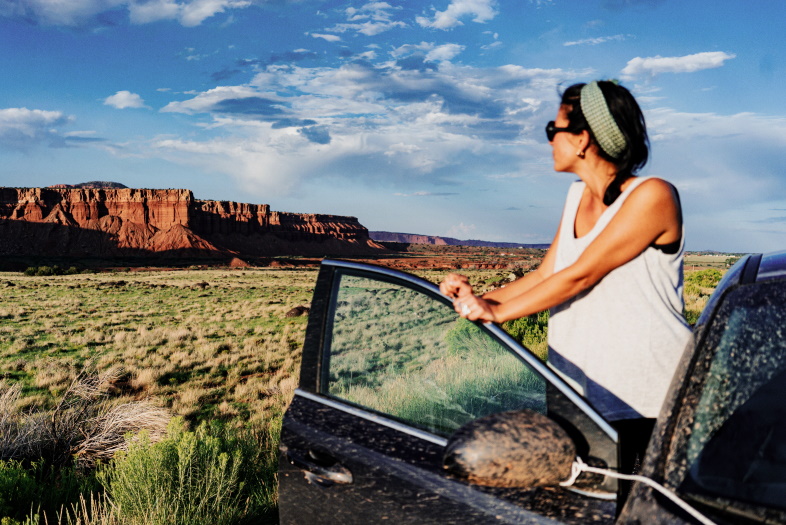
No Comments